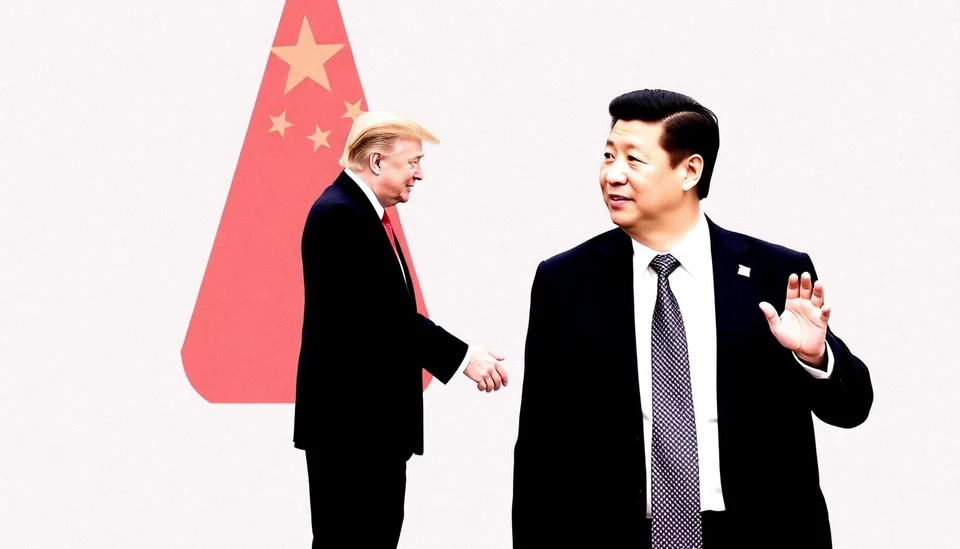
As diplomatic tensions continue to rise, prospects for a trade truce between the United States and China appear increasingly tenuous. Recent developments indicate that both President Donald Trump and President Xi Jinping are preparing for a prolonged standoff rather than an imminent resolution in their ongoing trade war. Traders and policymakers are watching closely as each side shows signs of digging in their heels.
The backdrop for this climate of uncertainty stems from a series of tariffs and retaliatory measures that have escalated over the past couple of years. The President of the United States has publicly deemed the trade negotiations critical, citing a need to rectify what he describes as a massive trade imbalance. On the other hand, China, governed by its own strategic interests, seems determined to stand its ground, potentially making future negotiations less likely.
Crucially, recent statements from Beijing highlight a sense of resilience. Chinese officials have suggested that their economic policies will remain unchanged despite the mounting pressure from the U.S. They signal a willingness to withstand the economic consequences that the trade conflict has wrought, suggesting a long-term perspective on their national objectives. Analysts believe that this firmness may hinder any potential negotiations and complicate efforts to reach a compromise.
Moreover, the response from Trump indicates a heightened urgency in the U.S. administration to secure a favorable agreement. Whether through tariff reductions or regulatory adjustments, officials have hinted at a variety of strategies intended to bring China back to the negotiating table. Yet, the effectiveness of these measures remains to be seen as the stalemate continues.
Market responses to these developments have been mixed, with investors expressing concern over the possibility of a prolonged trade clash. Economic forecasts are increasingly factoring in the implications of sustained tariffs and retaliatory actions, which could potentially hinder global economic growth further.
Both leaders face their own set of challenges—Trump approaches the 2024 elections with the need to show progress on trade, while Xi must navigate internal pressures and economic realities that spur him to maintain a tough stance. This convergence of political strategy and international relations makes the future of U.S.-China trade negotiations appear murky at best.
As stakeholders from various sectors await further developments, the overarching sentiment remains one of cautious optimism, albeit tempered by the evolving dynamics between the nations. With both parties seemingly unwilling to yield, a resolution could take much longer than anticipated, leaving businesses and consumers to brace for the repercussions of an extended trade war.
In conclusion, while the paths of Trump and Xi intertwine in the realm of international trade, the absence of clear communication and a mutual willingness to compromise could prolong the current stalemate. As the situation evolves, all eyes will remain fixed on the actions and rhetoric emerging from both Washington and Beijing.
#TradeWar #China #USPolitics #Trump #XiJinping #Tariffs #EconomicImpact #InternationalRelations #Diplomacy
Author: Rachel Greene




